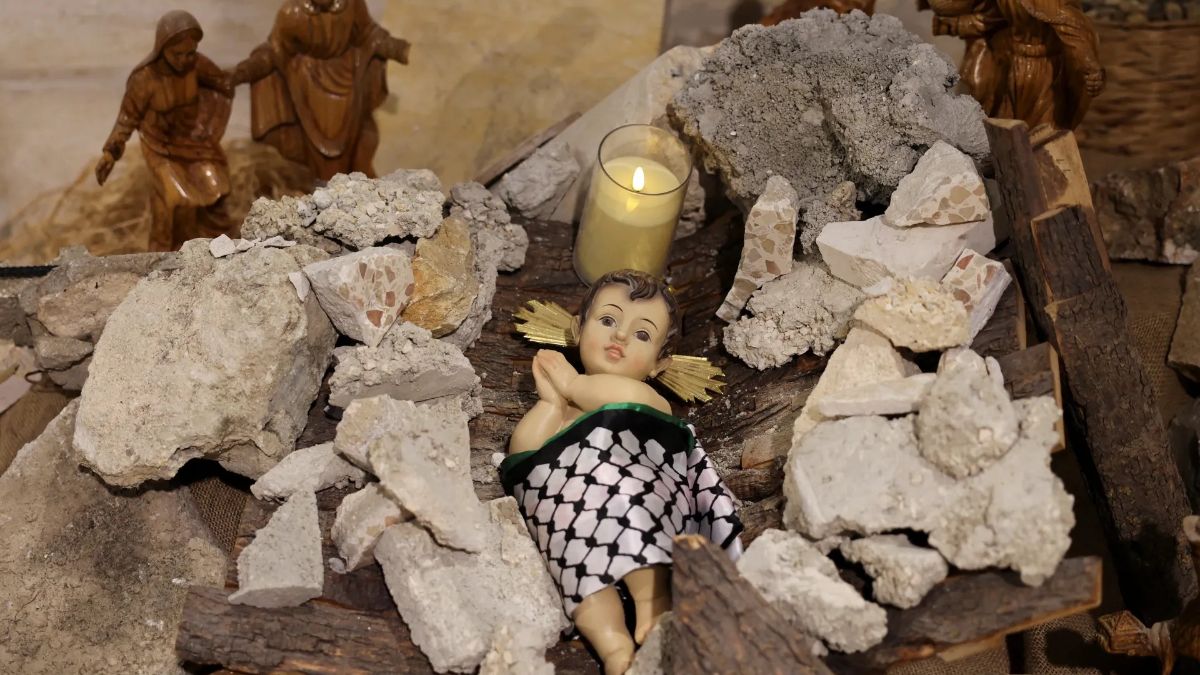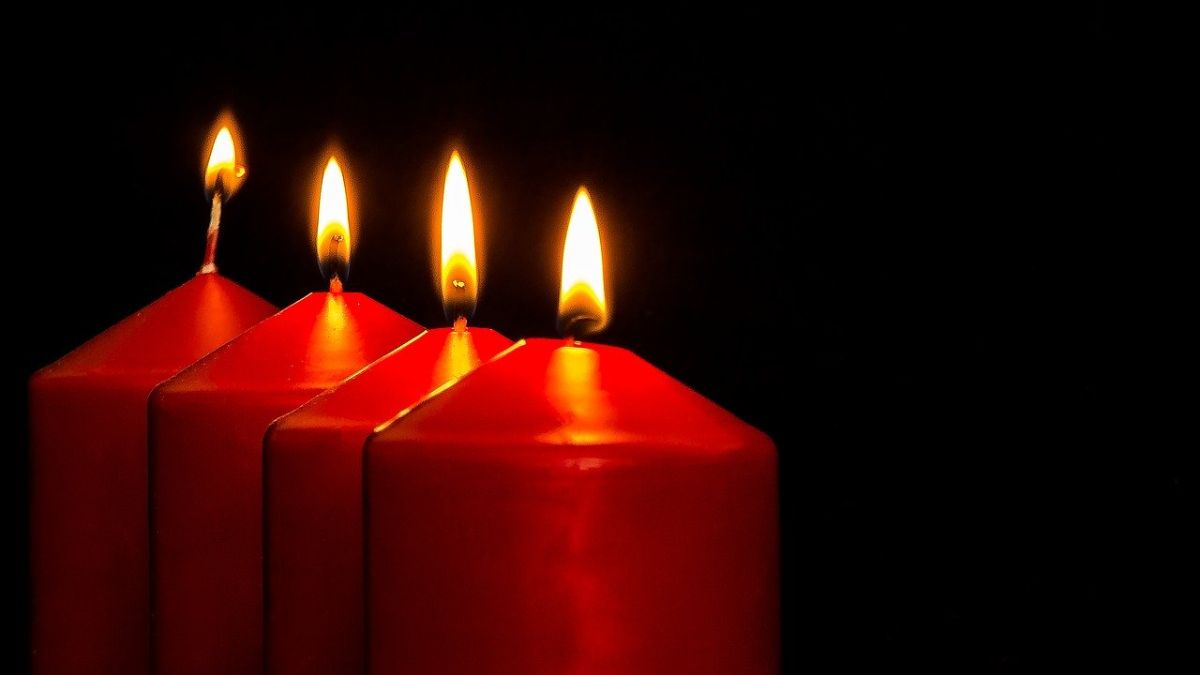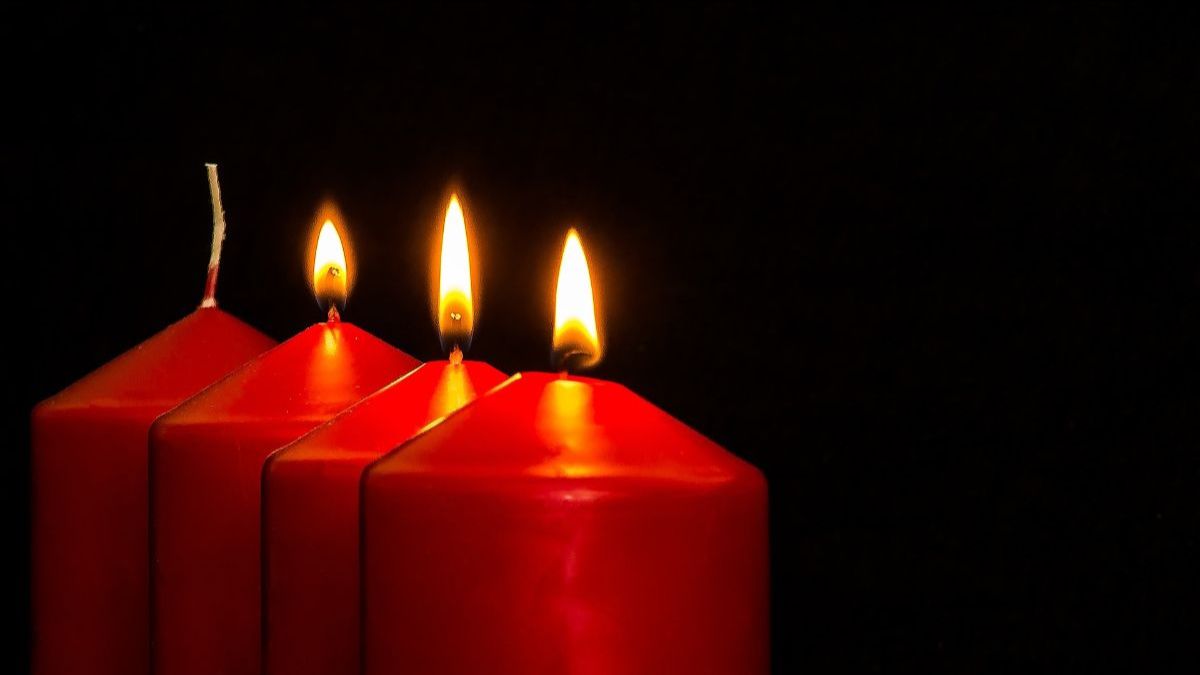Voice from the Bones
As I prophesied, suddenly there was a noise, a rattling, and the bones came together, bone to its bone. I looked, and there were sinews on them, and flesh had come upon them, and skin had covered them; but there was no breath in them. Then he said to me, "Prophesy to the breath, prophesy, mortal, and say to the breath: Thus says the Lord GOD: Come from the four winds, O breath, and breathe upon these slain, that they may live. I prophesied as he commanded me, and the breath came into them, and they lived, and stood on their feet, a vast multitude.<
Ezekiel 37:7-10
April 4, 2014, Words By: Joel Van Dyke, Image By:
The dead still speak – at least they do in Guatemala. In our Street Psalms network we are learning to listen intently to the breath and voice of God even among the dead.
One of the most powerful listening places for us has been with the Forensic Anthropology Foundation of Guatemala (FAFG). The FAFG uses forensic science to investigate human rights violations that occurred during Guatemala’s 30-year internal armed conflict. Forensic anthropologists exhume mass graves, identify the bodies through interviews from witnesses and DNA samplings, and then determine the cause of death to create the possibility for criminal prosecutions. FAFG has exhumed more than 5,000 of the more than 200,000 skeletal remains of victims of the war, 20% of which are children.
As the bones of each “case” are carefully laid out on tables and the skeletons reassembled, they slowly take the shape of a person. The bones begin to speak and tell the story of what happened until they eventually are reconnected to their names, faces, and histories. Their stories are honored, and they are then ultimately returned to their families for burial.
Once the bones have said all that they can say, Rob, the FAFG photographer, comes to document the findings with photographs, which are archived for evidence in case of a future trial. Rob is meticulous about his work. He needs to be. He shared that one of his greatest joys of his work is when the Foundation finally returns the bones to the family members – most of whom are Maya campesinos (peasants) who live in the hill country.
When they return the skeletal remains to the families, the FAFG staff engages in a process called “dressing the bones.” The image is as intense as it is intimate. The family insists on re-dressing the skeleton with clothing – a painstaking process, as you might imagine. What used to be just a pile of unidentified bones in a mass grave, denied the dignity of name and story, let alone their very lives, are now not only reassembled and named, but they are carefully clothed. It is a process exploding with theological significance.
The significance of this work takes on further importance when considered in light of elements of Mayan culture so poignantly described to us by the FAFG staff. The Mayan peoples, we are told, believe that the elderly, children, and female victims are still crying because they weren’t buried with dignity. Mayans believe that as long as their dead relatives are not at peace, the living cannot be at peace either. In Mayan culture, the dead are brought to the church to be before God, not to be prayed for as in other cultures, but to face God in person, to tell God of their angers, tears, and indignation, and to make their cry for justice in hope that God will adopt their cause. While lying dismembered in mass graves like forgotten animal carcasses, this healing process was not possible for the victims or their families.
Furthermore, when a body is taken out of the church after such a “God encounter,” the open casket is taken out into the daylight to publicly honor the deceased. To the Mayan families, the re-burial of the remains is more important than the exhumation. The re-burial is a public proclamation by the deceased of their ordeal, pointing to the need to make amends.
It is impossible to forget the deplorable loss of so many innocent lives, but the memory and dignity of a wounded people is being restored to a life-giving voice. The FAFG has its work cut out for them as they continue to find Guatemala’s missing sons and daughters so they can be named, their stories told, proper burials given, and justice served – all necessary steps to forgiveness and healing of a wounded nation.
Peace,
Joel Van Dyke
Street Psalms Latin America
Adapted from Geography of Grace, chapter 14



